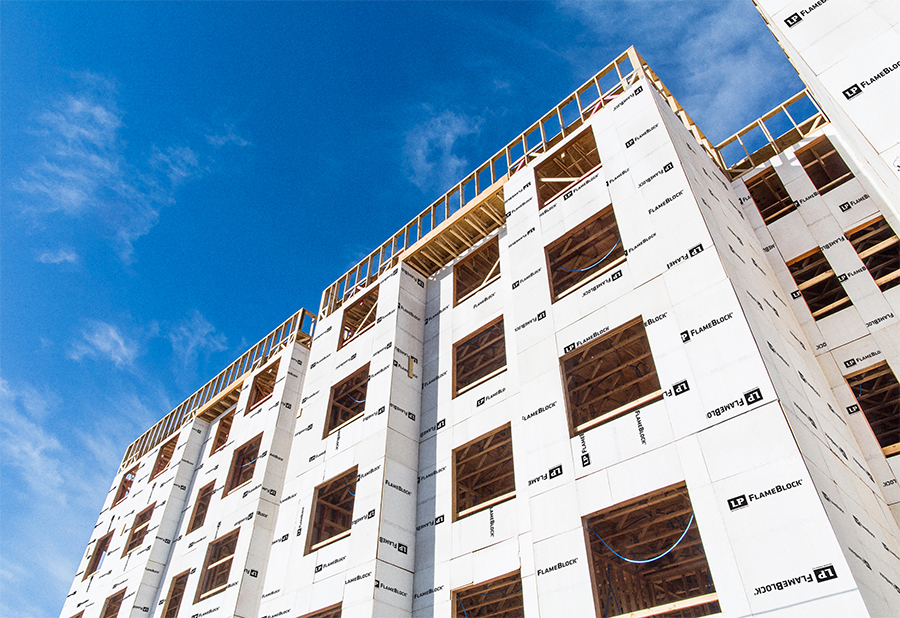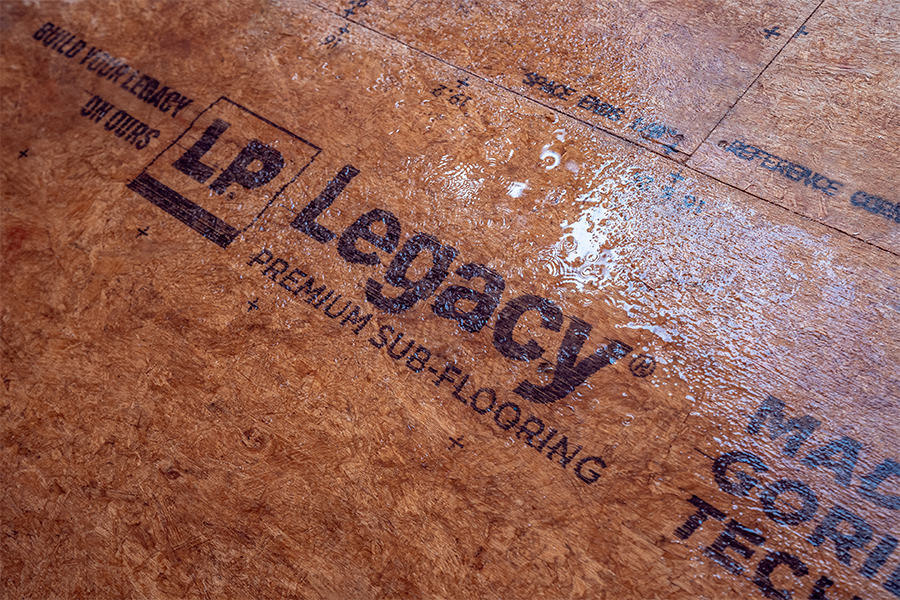Industry Trends5 min
How Climate Change is Shaping the Future of Home Building
They call them “billion-dollar disaster events”—weather- and climate-triggered disasters that result in losses exceeding 1 $ billion each. In 2020, NOAA recorded 20 such billion-dollar disaster events in the U.S.
The average number of such events since 1980? Only 4.8.
In 2021, there were another 20 such events, including droughts, floods, severe storms, tropical cyclones, wildfires and winter storms, accounting for more than 600 deaths and significant economic effects on the areas impacted. Additionally, these trends have already begun to impact the future of home building.
Why Do Engineers Design Different Types of Houses in Different Climates?
Simply speaking, different climates require different building considerations. And now more than ever there's a strong mandate for engineers and builders to heed the danger from extreme weather conditions wherever they build and to construct weather-resistant homes. It's time to get proactive in planning for what's happening now-and will likely continue to happen-due to extreme weather conditions across the U.S.
For Craig Miles, VP, National Sales, Marketing and Planning at LP Building Solutions, building homes that are weather-resistant is the obvious solution. But it's more than just good business.
"We have an opportunity to build better homes," said Miles. "It's not necessarily that much more expensive-if even at all. And we have an obligation to do so."
The Challenge: Multiple Types of Houses Based on Climate
Building a house for climate change that withstands local weather hazards would seem pretty obvious and, for many builders, it's a standard practice. According to Miles, regional builders who work primarily within one type of climate environment are pretty good at doing so. The problem arises when a builder-such as a larger national builder-is working in multiple climate zones, regions and weather environments that require different homes for different climates.
“The national builders often face the biggest challenges in meeting the needs of individual climate zones,” Miles said.
"Part of their problem is buying behavior," Miles said. "Imagine a centralized buyer for a multi-regional builder working across the spectrum of several different regional climates. He's not able to negotiate as he normally would because there's no longer any real buying efficiencies when specifying a range of different building products for various climates."
“Different climates should dictate different building products and techniques,” said Miles, “and that just isn't the way those buyers think.”
The Impact of Climate Change on Codes
Builders are only human, and humans don't readily change their behavior unless they have to.
So, according to Miles, changes in climate aren't necessarily driving builders to approach building homes differently.
Instead, the dramatic impact of recent extreme climate events is leading to major changes in building codes. And now, in turn, builders have to adapt to those new building codes.
Building Houses for Climate Change With LP Structural Solutions
Fortunately, a few companies—like LP Building Solutions—are developing building products that help builders construct homes for different climates that can more easily withstand these climate extremes.
According to Miles, LP approaches climate resilience from the perspective of overall impact of the climate on the home, including structural strength, safety and comfort. “For us, resiliency is about overall performance,” said Miles, “not just standing up to storms.” And the company developed its LP Structural Solutions portfolio to deliver precisely that kind of performance as building houses for climate change becomes a necessity.
For example, LP® TechShield® Radiant Barrier is proven to be the #1 radiant barrier roof sheathing panel on the market. LP TechShield panels deliver impressive energy efficiency and help builders qualify for various energy programs, including Green Building credits, energy rebates and lower HERS scores.
LP® FlameBlock® Fire-Rated Sheathing is a product designed around the homeowner's health and safety. “LP FlameBlock sheathing helps meet code requirements for fire-resistant construction,” said Miles, “creating more time for first responders to get in and get a family out safely.”

Extreme climate conditions don't only impact a finished home. They also can hamper construction when storms interrupt the homebuilding process. But there are solutions for this as well.
LP WeatherLogic® Air & Water Barrier delivers premium protection with versatile roof and wall panels that safeguard the home from air and water for years to come. The panels provide a better seal of the home's building envelope, which can result in less energy wasted to heat or cool conditioned spaces.
LP Legacy® Premium Sub-Flooring is recognized as one of the stiffest sub-floors on the planet. It's engineered to resist moisture impact from weather during construction, providing better performance by keeping floors flatter and more level.

The Future of Home Building
Miles believes that building homes for climate change with greater resiliency is inevitable. And what's driving that will not only be building codes, but also future homebuyers themselves.
"That impetus is coming and it's coming soon," said Miles, "especially from the next generation of homebuyers who will be far more savvy about and aware of climate impact. They're going to put a lot more pressure on builders to build more responsibly in the coming years."
For LP, building a better home is not only a responsibility-it's part of the company's ethos. Because ultimately, as Miles stresses, it's the right thing to do.
Read more about LP's mission, vision and values here, as well as Miles' insights on LP's innovative approach.
Continue Reading
Resiliency Solutions
5 minIntroducing LP® SmartSide® ExpertFinish® Naturals Collection™: Nature-Inspired Beauty Meets Engineered Performance
We're excited to introduce the LP® SmartSide® ExpertFinish® Naturals Collection™, a bold new addition to our trusted line of engineered wood siding and trim that delivers the warmth and beauty of nature with the advanced protection and performance builders and homeowners expect.
Labor Solutions
5 minChoosing the Right LP® Structural Solutions Product for Your Build
When it comes to building strong, reliable, and high-performing structures, the materials you choose matter. At LP Building Solutions, we understand that every project, whether it's a single-family home or a multifamily development, requires structural components that meet your needs for strength, durability, and efficiency.
Sustainability Solutions
5 minBuilding a More Sustainable Future with LP Building Solutions
In today's world, sustainability is no longer just a buzzword, it's a blueprint for responsible living and smarter building. As the construction industry seeks ways to reduce its environmental footprint, LP Building Solutions is focused on providing innovative building materials for eco-conscious builders to help reshape what it means to build sustainably
News & Stories3 min
History of Partnership with Gary Sinise Foundation
The LP Foundation is a proud partner of the Gary Sinise Foundation, which supports wounded veterans in several ways. You can learn more about the LP Foundation here.